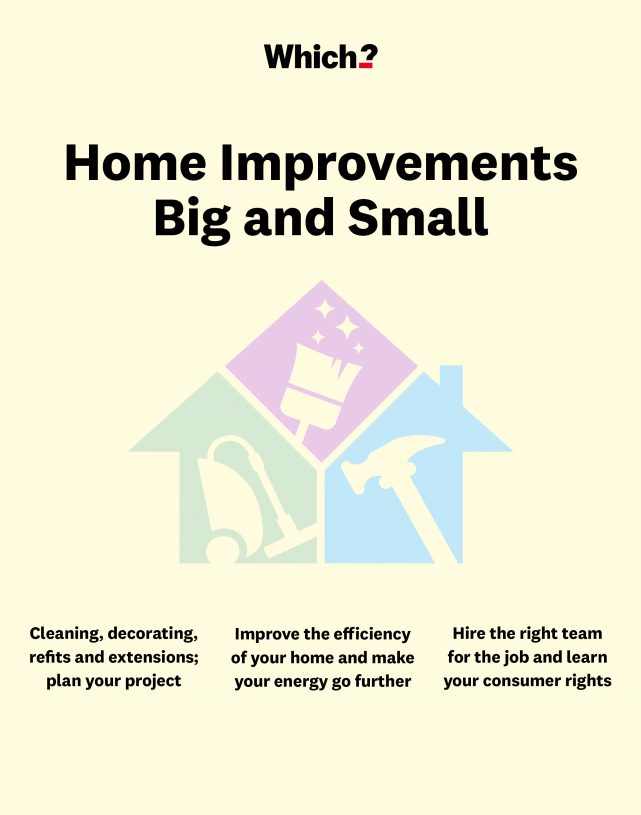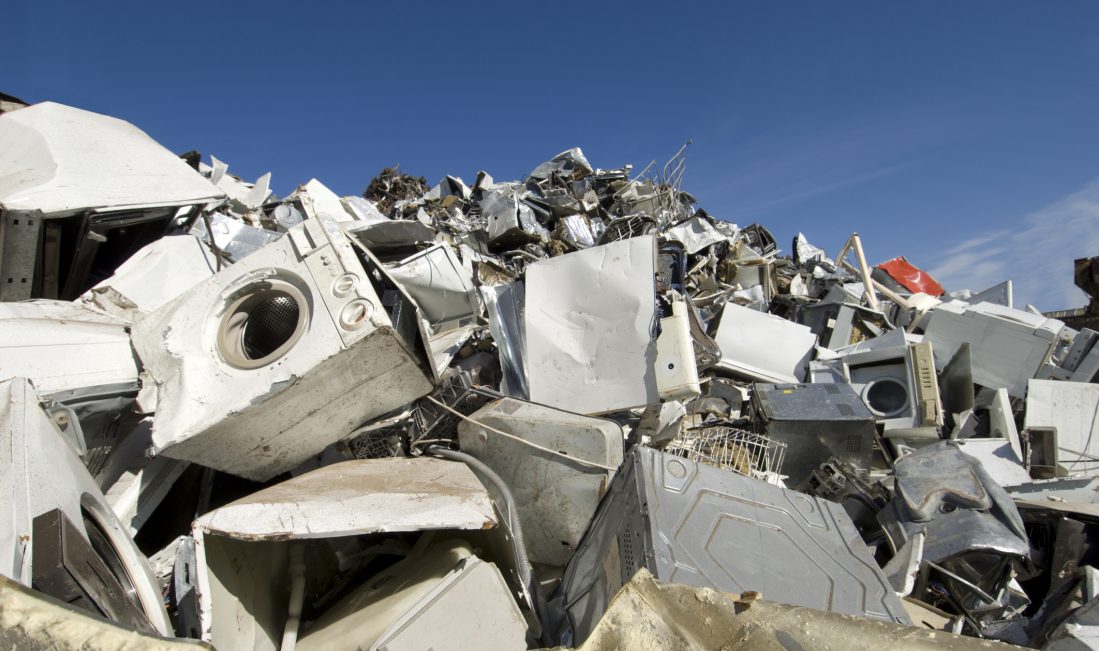User guide
Finding your way around the guide
To navigate between pages, click or tap the arrows to go forwards to the next page or backwards to the previous one. The arrows can be found either side of the page and at the bottom, too (circled in green, below).


Menu/table of contents
Click or tap on the three horizontal lines in the top-right of your screen to open the main menu/table of contents. This icon is always visible whether you're using a computer, tablet or smartphone. The menu will open on top of the page you’re on. Click on any section title to visit that section. Click the cross at any time to close the table of contents.
Text size
On a computer, you'll see three different sized letter 'A's in the top-right of your screen. On a smartphone or tablet these are visible when you open the menu (see above). If you’re having trouble reading the guide, click or tap on each of the different 'A's to change the size of the text to suit you.
Pictures
On some images you'll see a blue double-ended arrow icon. Clicking or tapping on this will expand the picture so you can see more detail. Click or tap on the blue cross to close the expanded image.
Where we think a group of images will be most useful to you, we've grouped them together in an image gallery. Simply use the blue left and right arrows to scroll through the carousel of pictures.
Links
If you see a word or phrase that's bold and dark blue, you can click or tap on it to find out more. The relevant website will open in a new tab.
Jargon
If you see a word or phrase underlined, click or tap on the word and small window will pop up with a short explanation. Close this pop-up by clicking or tapping the cross in the corner.
Help
On a computer, you'll see a question mark icon in the top-right of your screen. On a smartphone or tablet this is visible when you open the menu (see above).
Clicking or tapping on the question mark will open this user guide. It opens on top of the page you're on and you can close it any time by clicking or tapping the cross in the top-right corner.

Don’t just bin it
We look at eco-friendly options for selling, giving away and recycling possessions you no longer want.
Thanks to the internet, buying and selling has never been simpler. If you have unwanted items, you can list them on online marketplaces such as eBay and Gumtree. If you’re content with giving your belongings to charity, some will come and collect, which is especially useful for bulky items such as a sofa or a washing machine. Even if your item cannot be used, there are options for recycling most appliances, gadgets and furniture. Landfill should be a last resort and can be avoided in many situations.
Tech and small electricals, such as toasters and kettles
Still usable? If your unwanted tech device is still receiving software and security updates you could sell it on an online marketplace (see 'Recycling and reusing' box below). Alternatively, hand in old tech to a charity shop. WeeeCharity will pick up your gadgets for free. Always make sure you wipe all your data from them first, and remove Sim and memory cards from phones.
Time to ditch? Tech that ends up in landfill has become a massive waste problem. However, most of these items can be recycled or reused. If you buy a new PC or laptop, the retailer is legally obliged to help you to dispose of your old one safely and responsibly. If it doesn’t offer a free instore take-back service, it must contribute to the cost of local recycling services.
Under the Waste Electrical and Electronic Equipment Directive (WEEE), most household electrical appliances and gadgets should not be placed in standard household waste. If it has a plug or batteries it’s probably WEEE, so check where it can be recycled. Recycle Now can help you to find your nearest recycling centre and will let you know what it will accept. Take any unwanted cables along at the same time, as these can be shredded and separated into different types of metal and plastics, which can be used again.
Our free monthly sustainability newsletter will help you to make changes for the good for the planet and your pocket, whether you’re choosing building materials, appliances or plants.
Bulky items: white goods and furniture
Still usable? If there’s still life in your item, be it a cooker or tumble dryer, consider donating it to a charity – many of which will collect it from you. Charities such as British Heart Foundation, the YMCA and Cancer Research UK will take larger items for their homeware-dedicated stores. Reach out to them via their websites, or contact a local store to find out more. Furniture needs to have its fire label still attached, as without this the charity won’t be able to sell it. Other ways of giving items away for free include Freecycle and Trash Nothing. Selling online is another option, on sites such as eBay, Gumtree and Preloved.
Time to ditch? Many retailers such as AO, Currys and Argos will recycle your old appliance, such as a fridge freezer or cooker, when they deliver a new one. The charge for this is typically around £20. Some councils offer a bulky waste disposal service – though this can be quite pricey, typically around £30–40 for a sofa or washing machine.
Rather than buying a replacement when your washing machine stops spinning or your vacuum ceases sucking, consider a repair. When we asked Which? members what they did when an appliance went wrong, one in eight tried to fix it themselves, a third called in the repairer, while the remainder – more than half – started looking for a replacement. You can actually fix many of the most common faults yourself. Make sure you switch off the appliance before attempting any repairs, though.
Knowing when to repair or replace saves money and stops appliances being scrapped, so you're doing your bit for the environment as well as your wallet.
Upping your day-to-day recycling
Check the labelling Make sure that what you put in your recycling bin can actually be recycled. Anything that can’t is contamination and can cause problems at the recycling plant.
Clean your packaging It doesn’t need to be sparkling clean, but give all packaging a rinse before popping it into the recycling bin. This helps reduce the number of contaminated items that councils may end up having to incinerate.
Check your local rules It's confusing that different councils have different guidelines and services, so for clarity visit recyclenow.com. Alongside an abundance of general recycling tips, information and advice, their handy postcode checker will tell you what happens where you live.
Where to find more help
Freecycle freecycle.org
Recycle Now recyclenow.com
Reuse Network reuse-network.org.uk
Trash Nothing trashnothing.com


